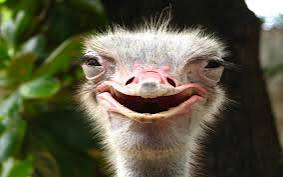
What if I told you that random animal fact you shared to impress everyone at school is false? You have probably heard that a goldfish has a three-second memory or a mother bird will reject her young one if a human touches it. I hate to break it to you, but those aren’t true, yet somehow they have been passed on. In today’s article, we will debunk some common animal debunking myths. Let’s go.
1. Ostriches will bury their heads if scared or threatened:
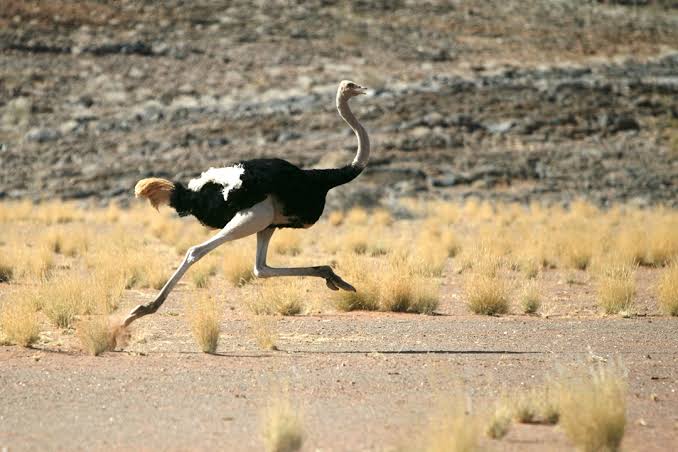
This is one myth you are probably familiar with. It has been depicted in many cartoons and movies; however, it isn’t true. When an ostrich feels threatened, it will sometimes bring its head close to the ground, but it won’t go all the way to bury its head in the sand. How will it breathe?
They use their long necks to spot potential predators from a distance and press their necks close to the ground to blend in with the surroundings. Viewing them from a distance may look like their heads are buried in the sand.
2. Bats aren’t blind
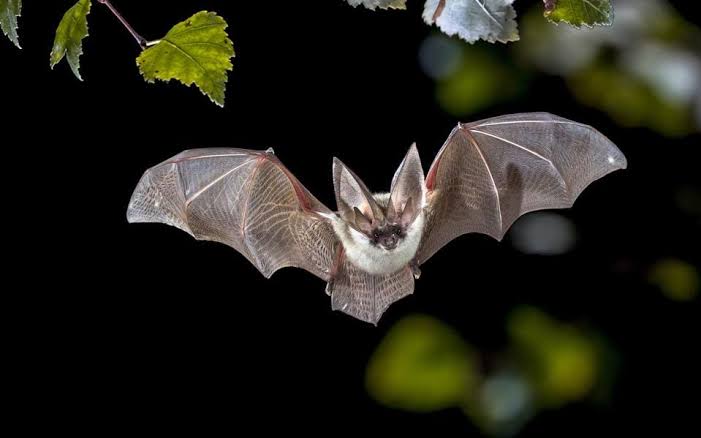
You must have heard this phrase before: as blind as a bat, especially if you wear glasses. I have. Well, jokes on you, Daniel! Bats aren’t blind, and neither am I.
Most bats are nocturnal creatures who have remarkable hearing and favour using echolocation than sight to navigate around their surroundings and orient themselves in space. That doesn’t mean they have non-functioning eyes.
Although some bats have poor visions, some species of bats like the Fruit bats use their sight, which is much better than humans, to search for fruits and flowers and navigate their environment. Some species of bats are even known to use their sight to hunt during the day.
3. A goldfish has a 3-second memory

One of the most common animal myths. Many people believe that goldfish have a memory that only lasts for a few seconds. Research shows that goldfishes have quite a good memory. They can learn and memorize feeding schedules, recognize their owners and shapes, and even navigate mazes. Scientist believe the average length of their memory is 3 months and not 3 seconds. So try to forget about this misconception.
4. Bulls react aggressively to the color red
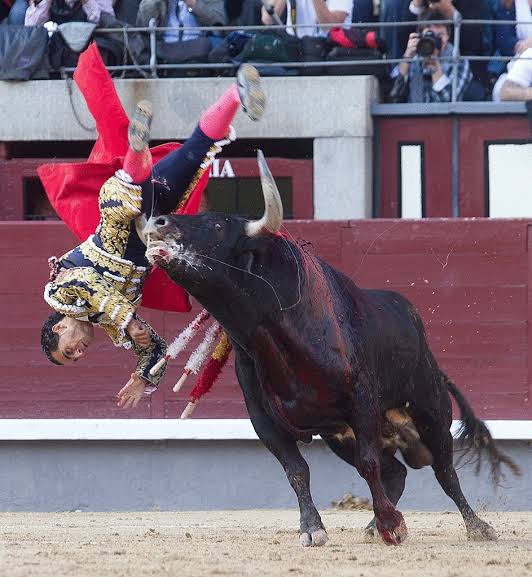
Picture this: A scared, lonely bull trapped in a ring is approached by a Matador with a weird-looking moustache, and an even weirder smile. The bull tries to keep its cool until the matador taunts it by waving a red flag. That’s when all hell breaks loose.
Well, bulls don’t exactly hate the color red. In fact, they are colorblind to it. What sets them off, aside from the weird moustache, is the fact that a flag is being waved at them. Who wouldn’t?
They perceive the flag as a threat, and when animals are threatened, they respond by either running away or fighting, so with nowhere else to go, bulls charge,
So, by chance you meet a bull, you’ll be safe wearing a red shirt and meet a bull, but you probably shouldn’t have a weird moustache.
5. A mother bird will abandon her young ones if you touch them:
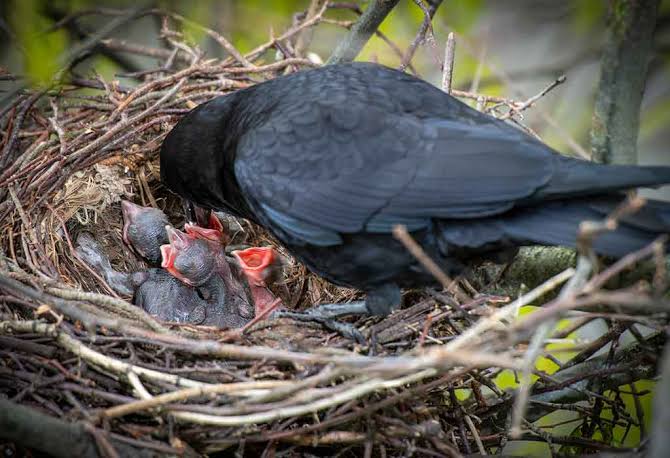
The rationale behind this myth is that mother birds recognize their young by their smell, but if a human touches them, that scent gets masked by a human’s.
Most birds don’t have a developed sense of smell and won’t recognize your smell on their babies. This myth probably spread to prevent humans from snatching the young birds away from their mothers.
A quick piece of advice: mothers are one of the scariest things known to man. So, don’t go around snatching baby birds for your own sake.
6. Camels Store Water In Their Humps:
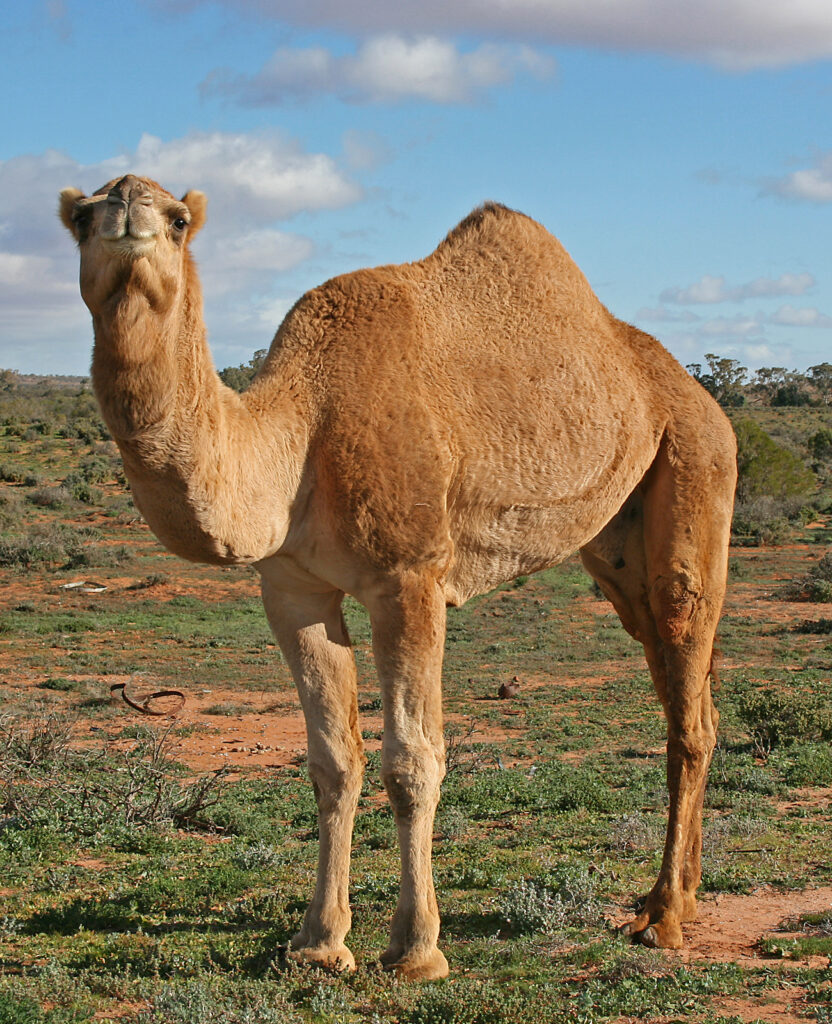
Contrary to popular belief, camels do not store water in their humps to survive in the desert. I know. I was as disappointed as you when I found out.
Instead, their humps store fats which can serve as a source of energy for the animal when food and water are scarce. Nevertheless, a camel’s body is well adapted to efficiently use its water stores and make them last as long as possible.
That’s all the myths we have for now. What other animal myths do you know to be incorrect? Leave them in the comment section. Also, don’t forget to like and share. You can read up more wildlife articles here



Leave a Reply